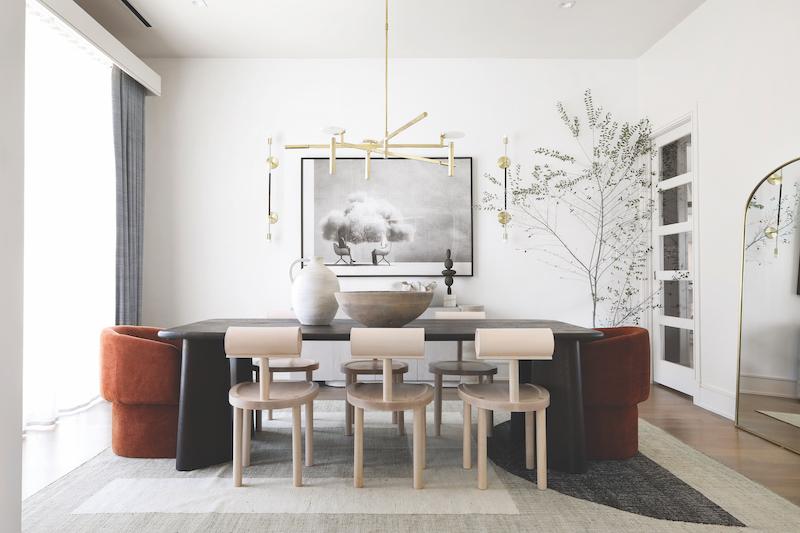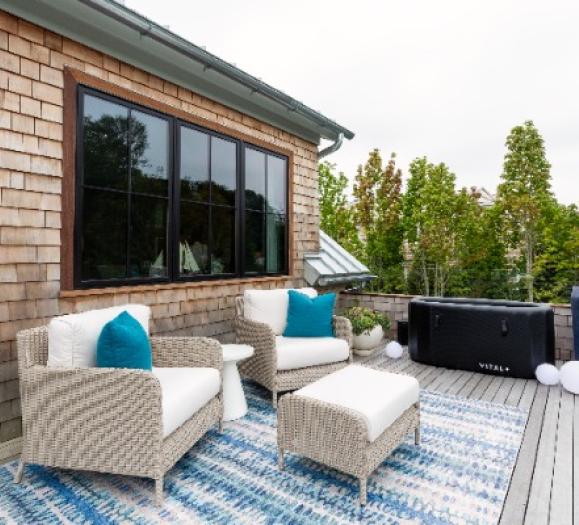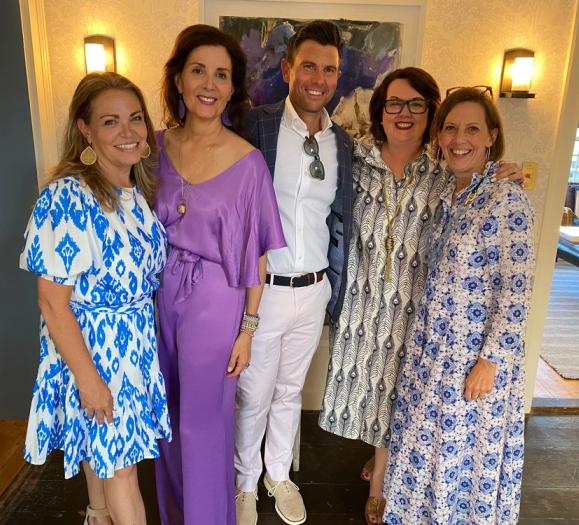How do you see new design clients across the country when you can’t travel? You deliver virtual options — from Zoom discovery calls to realistic digital renderings, design and shopping lists.
While digital technology had already been changing the design services game, this past year has cemented opportunities for designers and clients to expand their reach without necessarily having in-person contact. The degree to which designers — and design and retail showrooms — are using digital means to reach new audiences and customers varies as widely as the variety of design styles available.
For designers and retailers, probably the most practical opportunity that comes with digital technology is the ability to widen the scope of your clientele. For retailers who have opted in to e-commerce, the globe’s the limit, once shipping and delivery is figured out.
For designers, digital tools and technology allow for servicing clients on the other side of town or in another state or country as well, with less travel, time, and wear and tear. Video platforms, such as Zoom, have been adopted by much of the world, creating connected options for discovery and initial design plans via video rather than in person. With COVID lockdowns, even designers with preferences for those in-person connections have come to rely on the screen, which they learned not only kept everyone safe, but took less time and could be done from anywhere.
Streamlining Processes
“The one thing that’s changed for us is the amount we now rely on Zoom,” says Ginger Curtis, Founder and Lead Designer at Urbanology Designs, in Dallas. “We were able to do everything we used to do, only seamlessly. COVID or no COVID, the convenience factor [of using Zoom] has saved time. For the really big important meetings, however, those need to be in person.”
More than a time saver, Curtis continues, the bigger benefit that her firm has gotten from Zoom is using video calls for training new personnel. “We can record ourselves with clients, and when we’re onboarding a new designer or other employee, the videos are great training tools.”
While Curtis is based in Dallas, she has design clients all over the country, and accessing digital platforms such as Houzz for project management, Studio Webware and Google Drive — with a calendar and tools such as Sheets — help with communication for the team and for clients.
All-In Digital
It didn’t take COVID to convince Tanna Edler, founder of Tanna by Design, in Yakima, WA, that moving to a more digital platform would help her to regain some work/life balance and add a new revenue stream as she began to see her design jobs expand beyond her local region. Instead of incorporating a few digital tools to streamline her business, however, Edler went all in, adding e-design to her business model. Her timing couldn’t have been better. As COVID locked everyone inside homes they wanted to change, Edler saw the e-design side of her business take off. “Business has more than doubled,” she says. “I’ve added a whole additional revenue stream. I’ve pulled it into its own silo for profitability.”
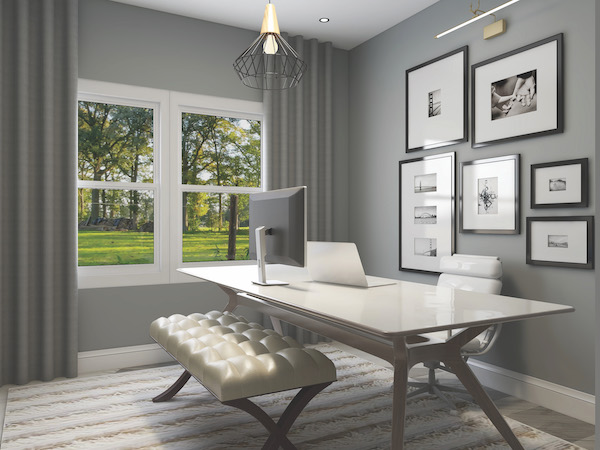
In addition to the extra income, Edler continues, virtual design services have expanded her business regionally — she now has three design clients in New York — it’s also been a timesaver in her business, giving her back the hours she originally set out to regain when she started with e-design. “The ideal situation is the virtual design client. It saves on travel time, prep and scheduling. It’s probably cut my time in half,” she adds, noting that travel alone is probably about 20 hours a week less than before.
E-design has been so good for Edler’s business, she has expanded it in recent months, adding a Talk with Tanna feature — a 30-minute design consultation — and a more extensive 90-minute design consultation via Zoom. “These have replaced my initial consultations with clients. They’re now all being done on Zoom.”
She also offers room guide packages, including a conceptual design process, floor plan and/or rendering for clients who want something more customized. Business has been so robust, Edler has joined the eDesign Tribe community and leverages tools through that platform (see sidebar, page 28). She also uses digital tools to keep her business and communications organized, touting such tools as Loom and Mydoma.
When she started her design business, she was a 100-percent full-service designer. When COVID locked everyone down, she saw her business shift to 75 percent virtual, and as we come out of lockdown she is maintaining about a 60-percent virtual business, which fits her lifestyle. “I’m getting back out but this has made me look at everything differently,” Edler notes. “I’m being really selective, focusing on better business.” Adding e-design has not only shifted the way Edler does business, it’s given her the opportunity to give back. Next up for Edler will be coaching other designers how to add e-design to their design businesses. The coaching program, Coaching with Intent, follows Edler’s mission. She’s intentional in her business — Tanna by Design — and she plans to expand that direction.
Work from Anywhere
For Megan Siason, who spoke with us between trips to Mexico and Honduras with one day in between, the ability to manage her design business — M Studio Interior Design, based in southern California — from the road is integral to her lifestyle. Last year, for example, she moved from San Diego to Long Beach, yet with COVID, many of her design clients were still in the San Diego area. To manage her time, she makes the trek between the two cities about once a week. The rest is done via Zoom. “Any meeting that doesn’t require my physical presence is done via Zoom,” Siason says. In addition to Zoom, she also relies on Base Camp and Google Drive as organizational tools to connect with clients, staff, contractors and other trades she works with. While Siason is the primary designer in her businesses, she does outsource some of her work, with two virtual assistants who handle such tasks as intake and scheduling. She also works with Digiss Studio to create final renderings, although she’ll put together initial concepts in Canva or Google Slides along with SketchUp. “You can virtually see what the space is going to look like. It gets clients excited,” says Siason, of sharing concepts and renderings on Zoom. “My goal is to limit how many options we have by creating that visual.”

To make the virtual presentation more interactive, Siason sends out a box of samples so her clients can touch and feel textiles and finishes that might not always be accurate across a computer screen. The goal is that the samples arrive prior to the presentation although that isn’t always the case.
For intake, Siason has expanded her investigation of clients ahead of her first project call. She’s put together questionnaires that give her more information about a client and their respective budgets to ensure it will be a good fit. “I used to meet people in person,” Siason says. “Having this type of approach has changed so much in my business. It filters out a lot, and is more efficient and effective. By implementing these forms and virtual processes, I save a lot of time and gas. I love the simplicity of it. And if the client is willing to invest time in the questionnaires, they’re more willing to explore the possibilities of working together.”
Siason made her design business official in 2018, although she’d been designing prior to that. Through her interactions, she’s come to realize not everyone can invest in a designer, but the underlying focus of her business is that “everyone deserves to love their home.” As such, she’s putting together a new program, Rock Your Remodel, an educational program that can teach consumers how to make home improvements the right way. “It creates an additional revenue stream for my business but is a minimal investment for the homeowner,” Siason says. She is planning to launch this program in the fall, probably from Thailand or somewhere equally as exotic, as the implementation of the virtual pieces of her business now give her the freedom to be off on adventures as well.
Added Business Value
“Full-service design across the whole country.” According to Katie Pieper, Design Team Manager for Bria Hammel Interiors, based in Minnesota, that’s the goal. As the design team was traveling to work sites and designing new homes before the pandemic, they did have some digital tools in place as part of the company’s communication process. “All of our offerings were full-service until COVID hit. That’s when we started to offer e-design options,” says Pieper. “We began to worry how we’d manage projects, especially with travel.”
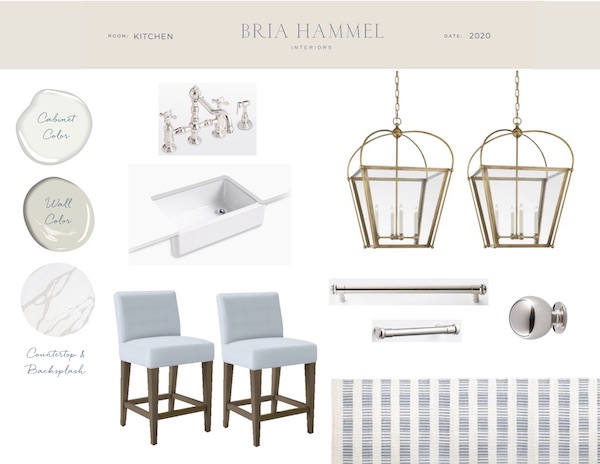
Bria Hammel Interiors pivoted to digital and e-design practically overnight to ensure projects stayed on track. “It was a mad dash,” says Pieper. “In two weeks, our new e-design services were launched. It’s been such a success for us. We’re booking clients left and right.” There’s a flat fee and within that package, the client gets up to four revisions per room. While the design fee for an e-design is about half that for full-service design, the efficiency of the process has allowed the company to take on more. To date, the design firm has handled more than 100 e-design projects in just a little over a year.
To ensure the program works as attentively as the full-service design Bria Hammel offers, the e-design program has been put together with a clearly designed scope. “Clients know what they are getting from us and what we need from them,” Pieper says.
The key, she adds, is setting precedents so everyone’s expectations are met. For example, she notes, “We have them fill out a questionnaire so we can collect information on what they expect in their rooms. It reduces revision times and makes everyone happy.” Once revisions are complete, the client gets an email with a shopping list and instructions to take over the project. “Clients love it. It allows them to be in control of when they execute the project. They have more control of their budget and timing.”
To promote the e-design services, Pieper shares that Instagram was the primary marketing tool in the beginning. They’ve also gotten e-design clients through newsletters to their existing base and through word of mouth. She is seeing a younger clientele coming in for e-design services, but she’s also seen the design services given as a gift. The program has been so successful, that as things start to open up post-COVID, what may have started as a temporary fix likely will continue to have value. They’ve had e-design clients come back for additional rooms, and some have even become full-service design clients.
The e-design services have also provided a boost to the e-commerce side of Bria Hammel — Brooke & Lou. “It’s been such a huge success for our e-commerce company,” Pieper notes.
Whether full-service or e-design, Bria Hammel focuses on creating “life-friendly” spaces. Hammel and her design team understand that clients need to work with designers who can see their homes as offices and playgrounds. “They realized their homes needed to be workhorses once everyone was stuck in the house,” Pieper says. That’s been good for business, and e-design services have given the interior design firm even more options to expand its reach.



